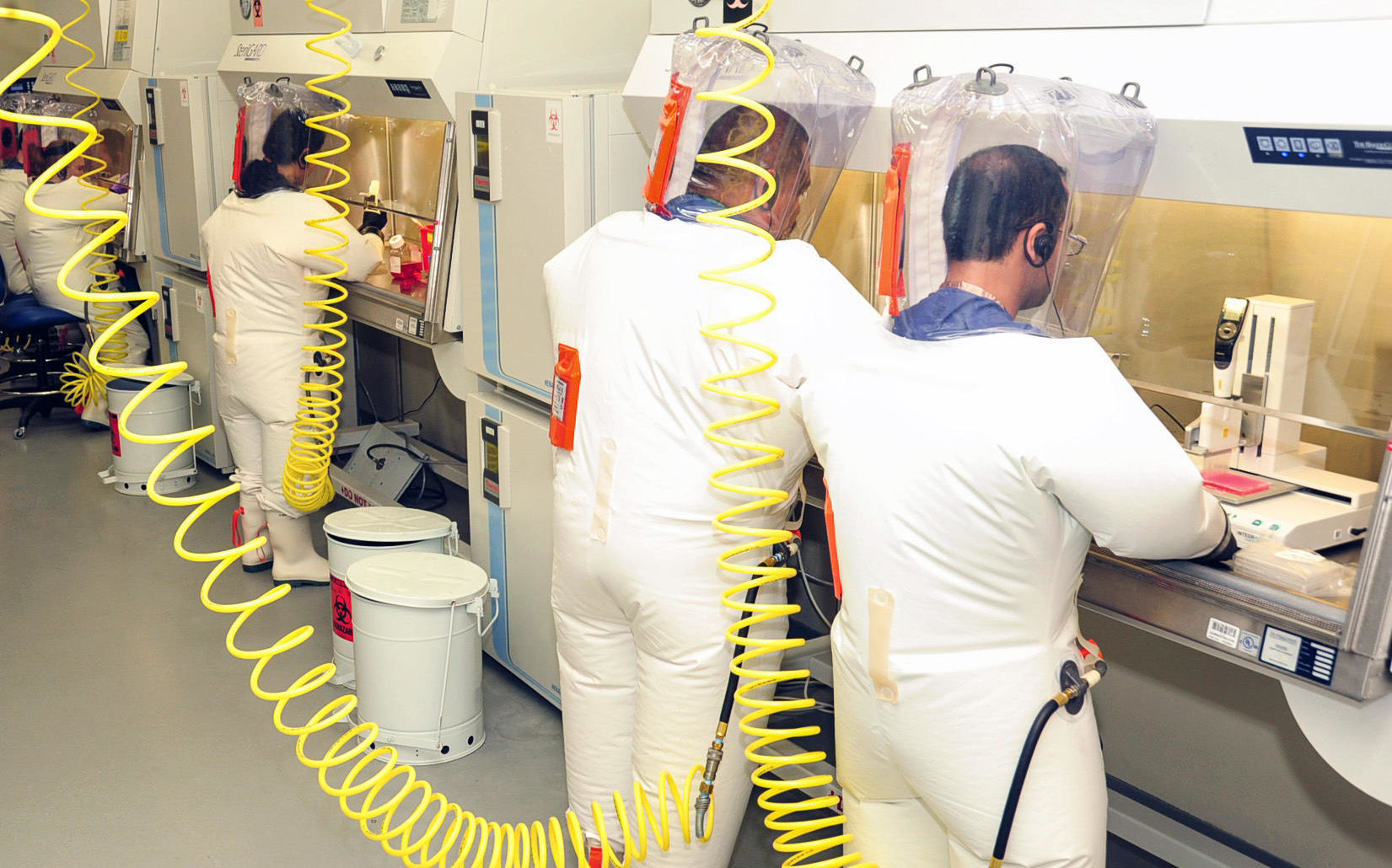The coronavirus crisis and our new review of how to prevent the worst possible pandemics
At the time of this writing, COVID 19 — a flu-like respiratory disease causing fever and pneumonia — has killed over 11,000 people and has likely infected over 2 million. The growth in new cases is exponential, although cases are slowing substantially in places where strict containment measures have been instituted.
Cities are shutting down around the world. Although it is very hard to predict what will happen, it seems likely this outbreak will end up being among the worst economic and humanitarian disasters of the last 100 years.
Yesterday we put out a detailed interview and set of 70 links covering what both individuals and governments can do to fight the coronavirus crisis.
We will be producing plenty more on this topic and it will all be posted on our COVID-19 landing page.
COVID-19 is proof that a global pandemic can happen in the 21st century. It has also shown how underprepared we are as a world to coordinate with one another and deal with disasters like these.
Unfortunately, it’s possible for things to get much worse than COVID-19.
From the perspective of preventing threats to the long term future of humanity, preventing global catastrophic biological risks (GCBRs) is especially important. GCBRs are risks from biological agents that threaten great worldwide damage to human welfare, and place the long-term trajectory of humankind in jeopardy.
GCBRs seem much more likely to arise from engineered pandemics than natural ones. Natural pandemics, though horrific, have not so far often been able to wipe species out. But man-made pandemics may be different. Dr Gregory Lewis, acting head of Biosecurity Research Group at Oxford University’s Future of Humanity Institute writes:
…biotechnology allows the possibility of engineering pathogens more dangerous than those that have occurred in natural history. Evolution is infamously short-sighted, and its optimisation target is reproductive fitness, rather than maximal damage to another species (cf. optimal virulence). Nature may not prove a peerless bioterrorist; dangers that emerge by evolutionary accident could be surpassed by deliberate design.
Hints of this can be seen in the scientific literature. The gain-of-function influenza experiments, suggested that artificial selection could lead to pathogens with properties that enhance their danger. There have also been instances of animal analogues of potential pandemic pathogens being genetically modified to reduce existing vaccine efficacy.
These cases used techniques well behind the current cutting edge of biotechnology, and were produced somewhat ‘by accident’ by scientists without malicious intent. The potential for bad actors to intentionally produce new or modified pathogens using modern biotechnology is harrowing.
The above is an excerpt from the full article Greg has written for us on the importance of preventing GCBRs, the risk landscape, and careers aimed at preventing and preparing for global catastrophic biological risks.
So what can we do to prevent such disastrous outcomes?
The main categories of work for addressing this threat are technical, scientific research and policy and governmental response.
- On the technical side, you might design antivirals, method for faster vaccine development, diagnostic tools, or ways of confirming whether scientific research is being conducted safely.
- On the policy side, you might work on regulations to influence research that’s likely to be dangerous, and bolster research that’s most likely to be safety-increasing. You might help design global action plans in case an outbreak happens, help different countries to coordinate to prevent common risks, and establish rules and guidelines to lower the risk.
Although it’s rare for biosecurity work to be directed specifically at global catastrophic risks, there are centers where research particular to these scenarios is done:
- The Johns Hopkins Centre for Health Security (CHS)
- The Nuclear Threat Initiative (NTI)
- Oxford University’s Future of Humanity Institute (FHI)
- Cambridge University’s Centre for the Study of Existential Risk (CSER)
And there is a lot of room for more ‘conventional’ work in biosecurity that, while not specifically directed at GCBRs, would help us prevent and deal with the threat of biological disasters in general.
There seems to be at least some low hanging fruit in the area. For example, the Biological Weapons Convention, the only UN oversight body in charge of regulating states’ development of biological weapons, has 3 staff members and a budget the size of a typical McDonald’s.
In the full article, Greg goes through:
- How to think about GCBRs and how large different sources of risk may be
- What to study at university or afterward if you want work in the area
- A number of organizations — including agencies within the US government — that are working in biosecurity and pandemic preparedness
- Important general career advice for those looking to enter the area — such as learning to maintain discretion.
Or check out all 80,000 Hours’ material on reducing risks of catastrophic pandemics.
